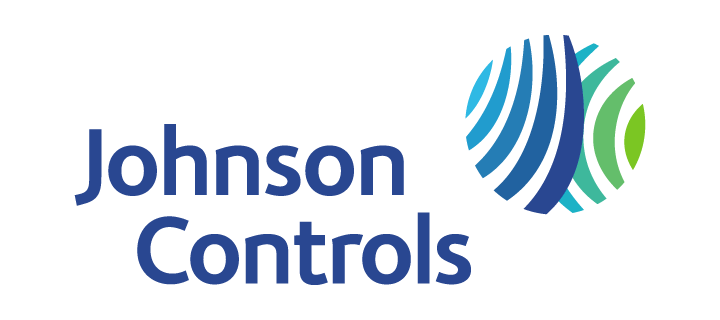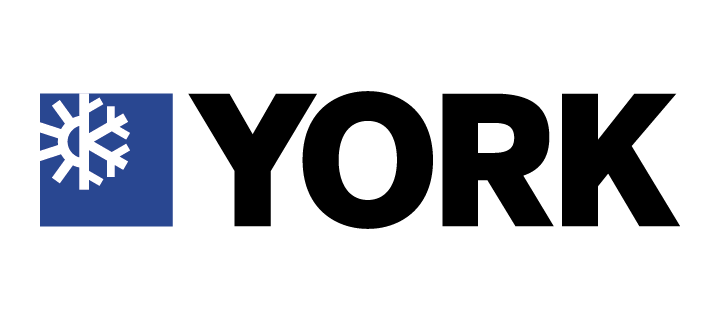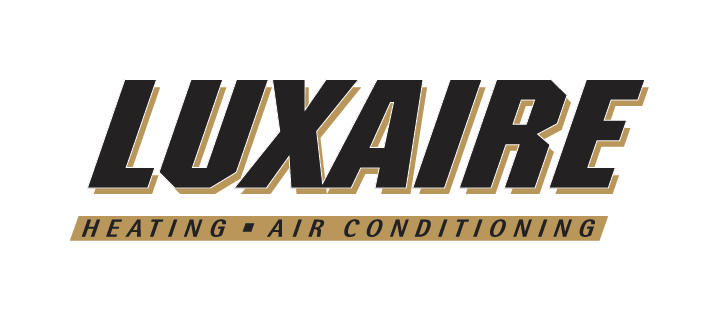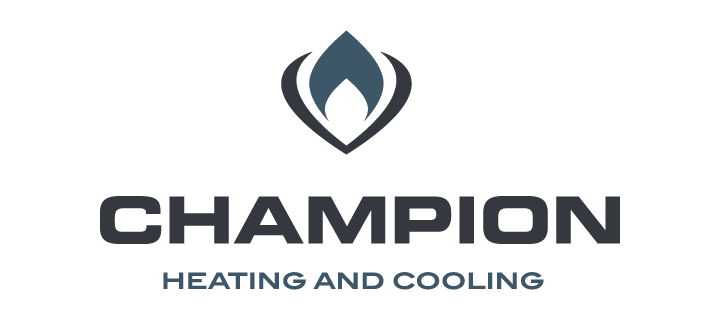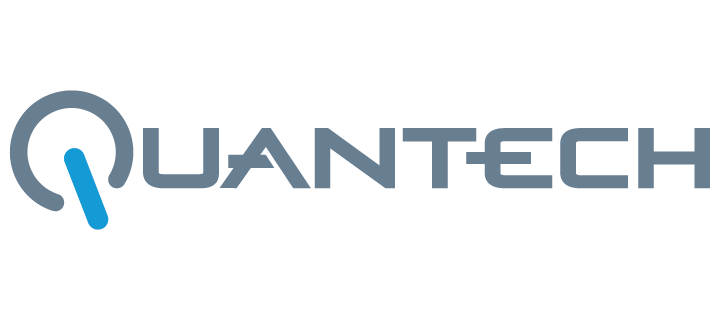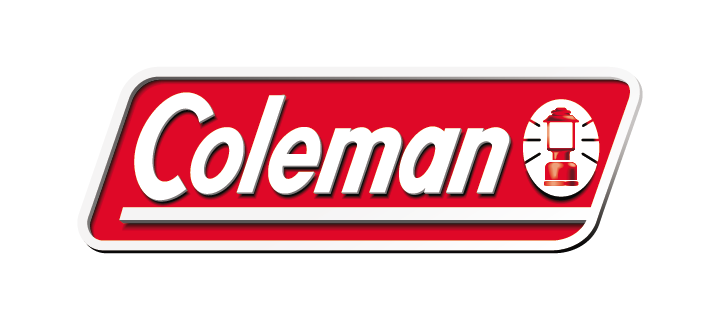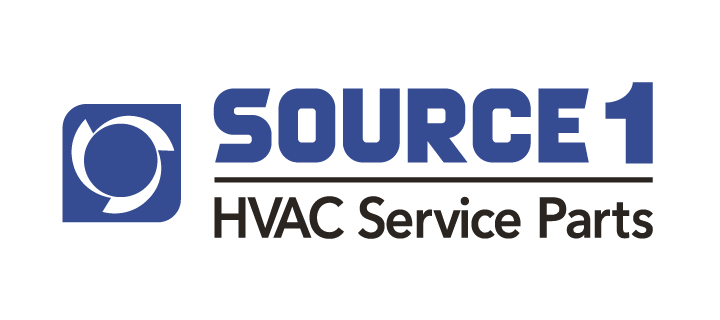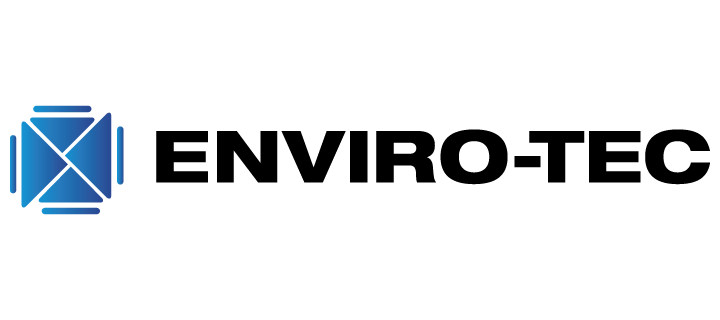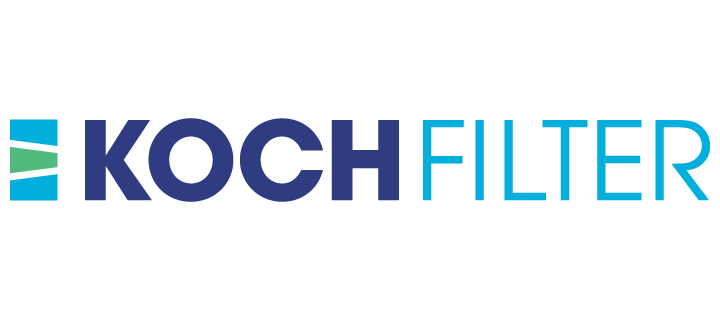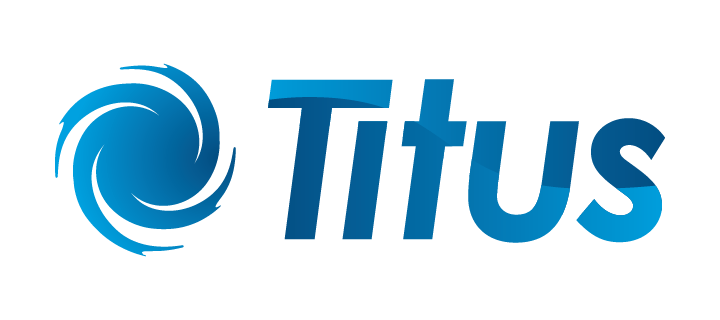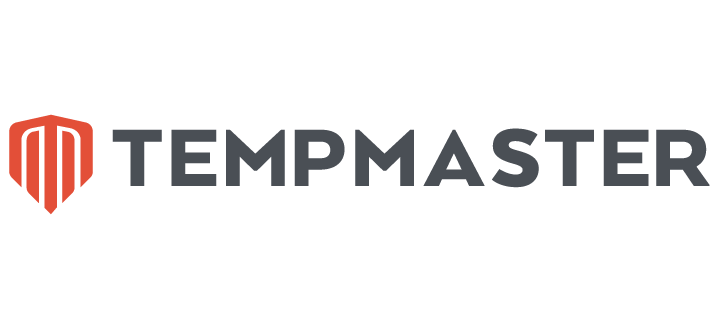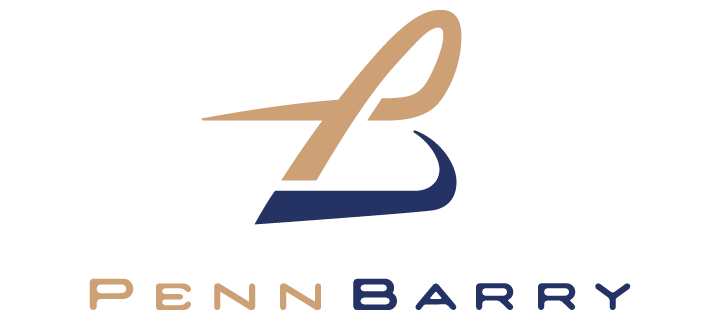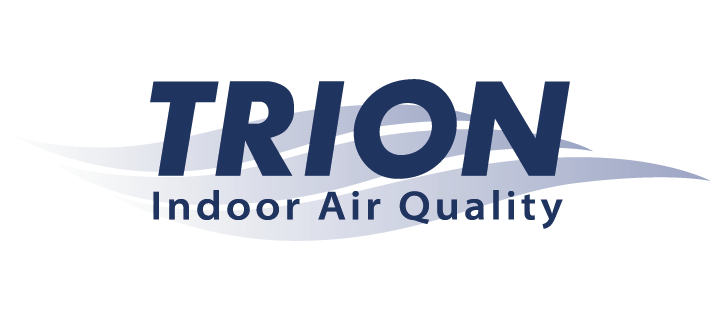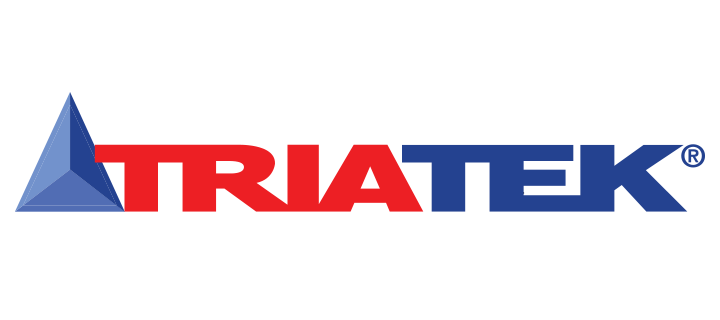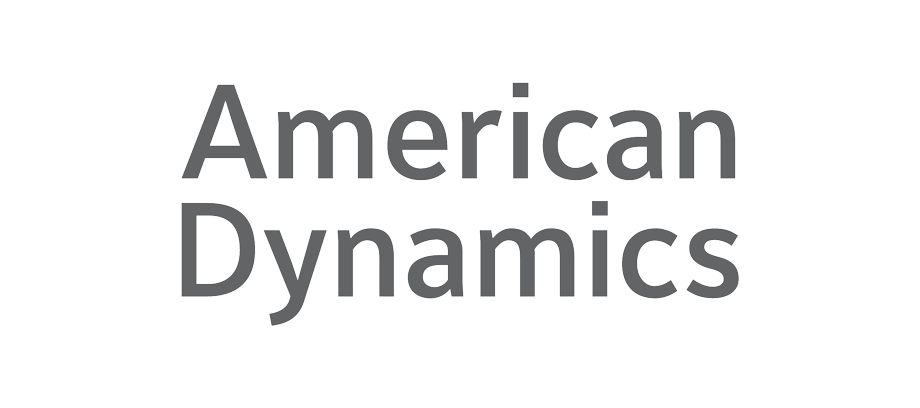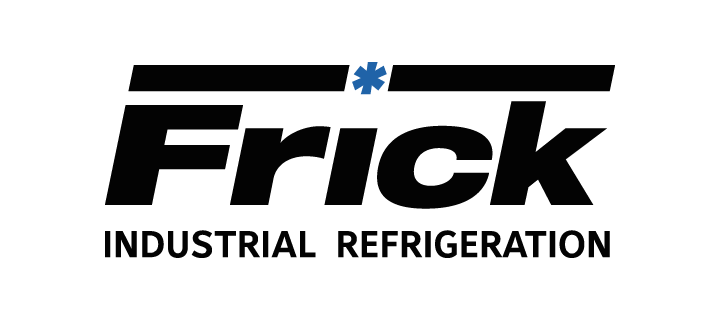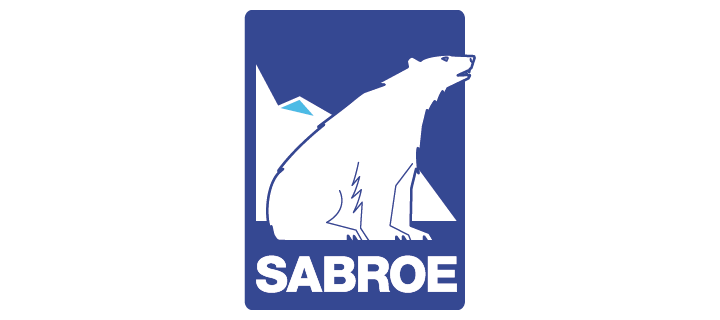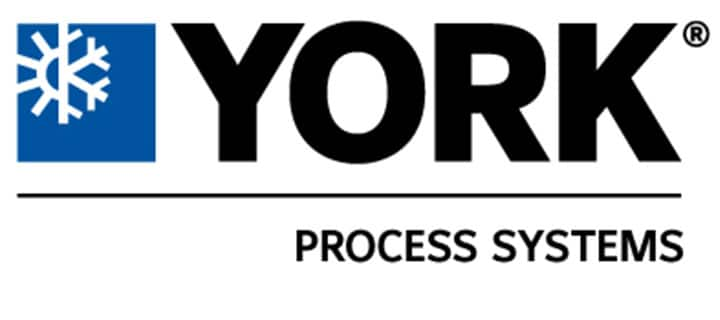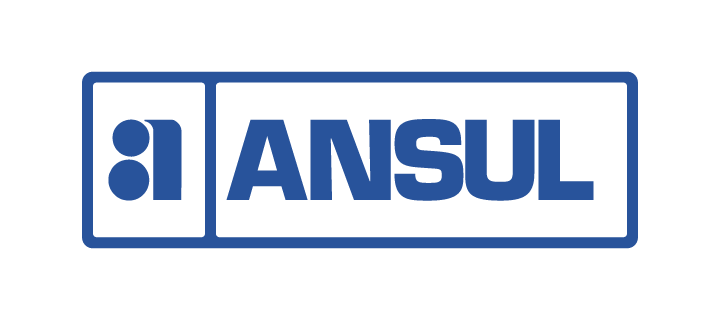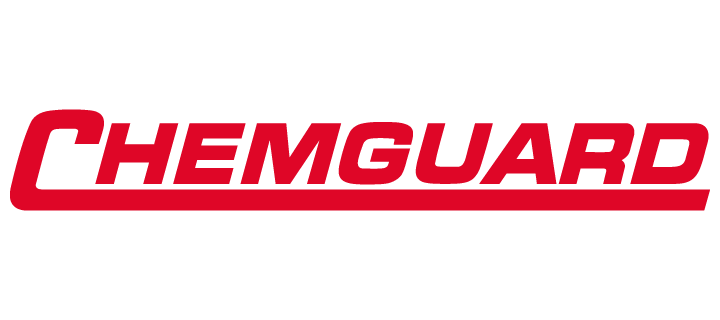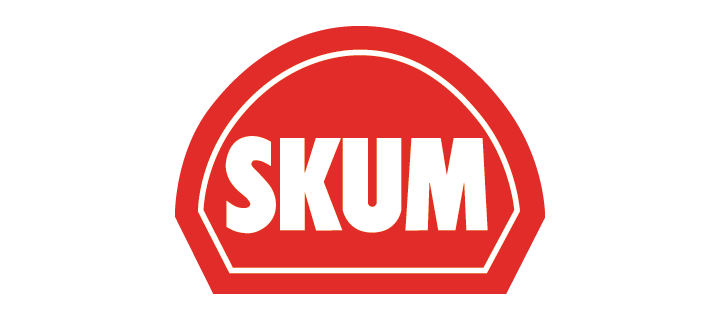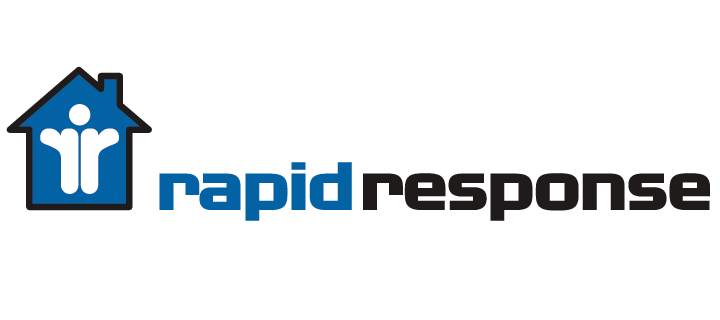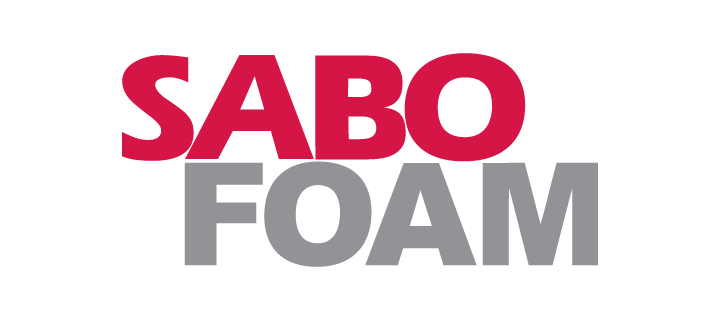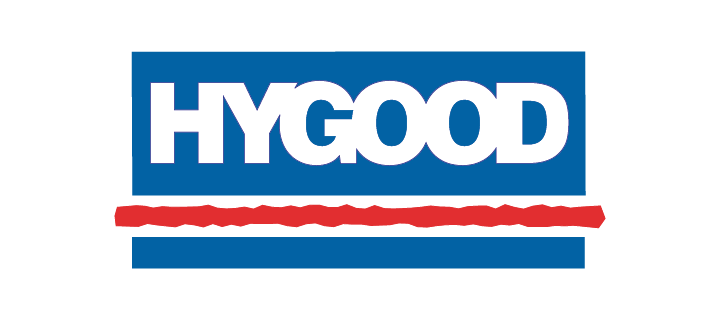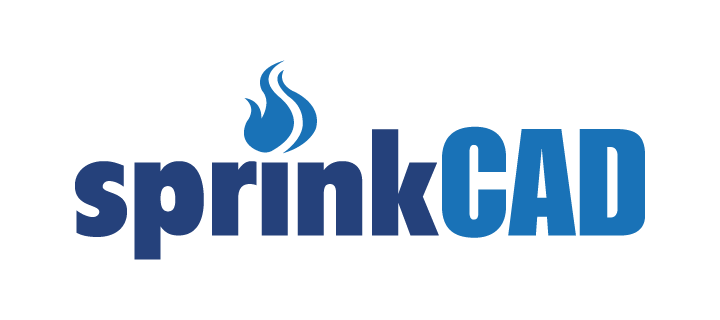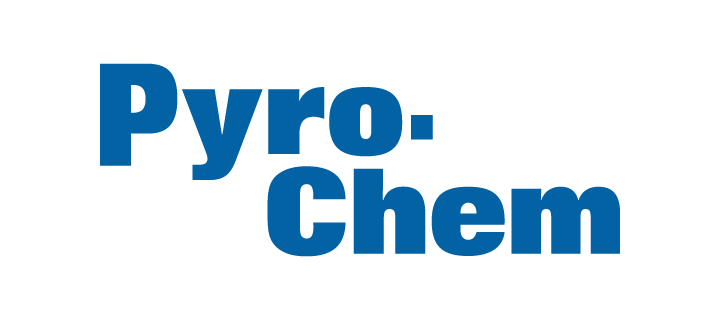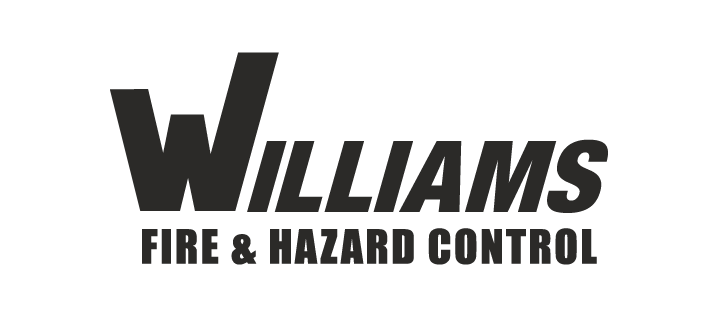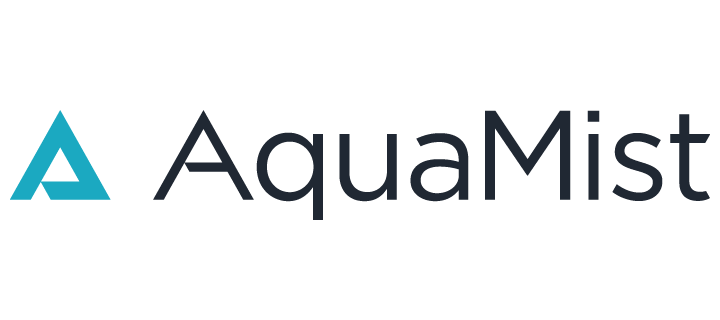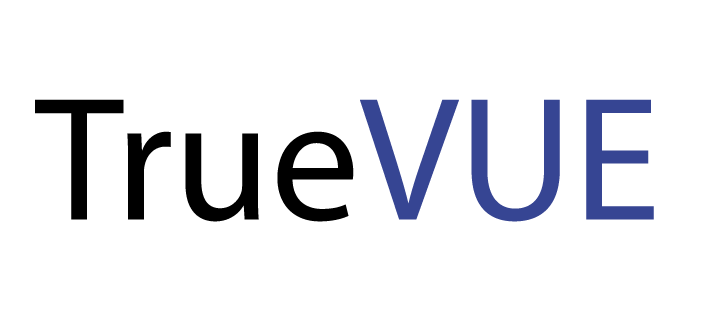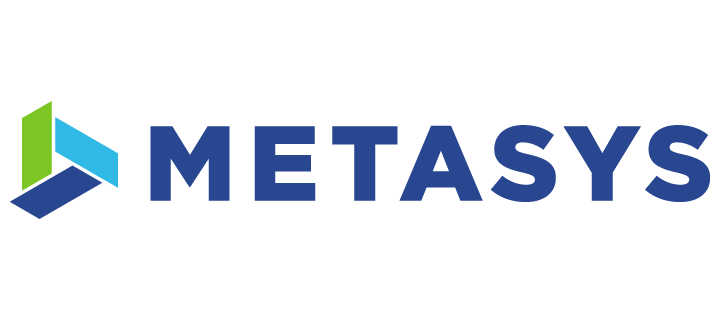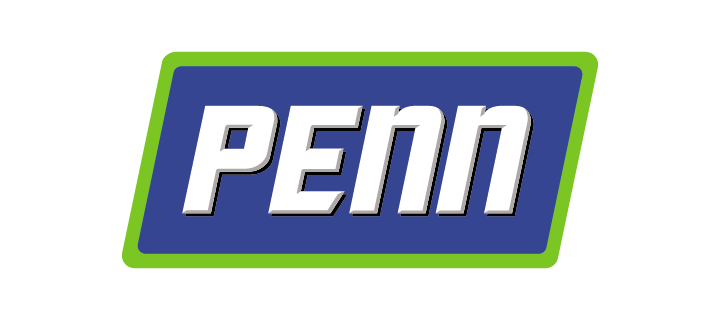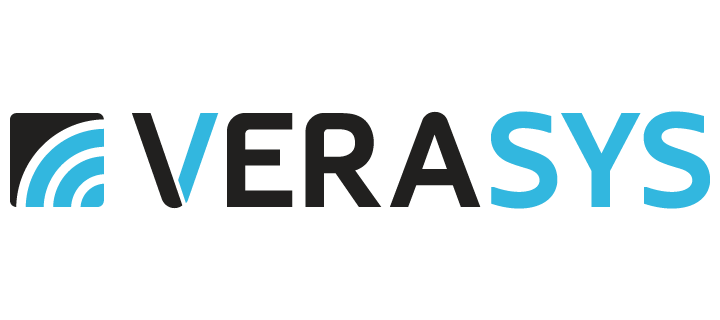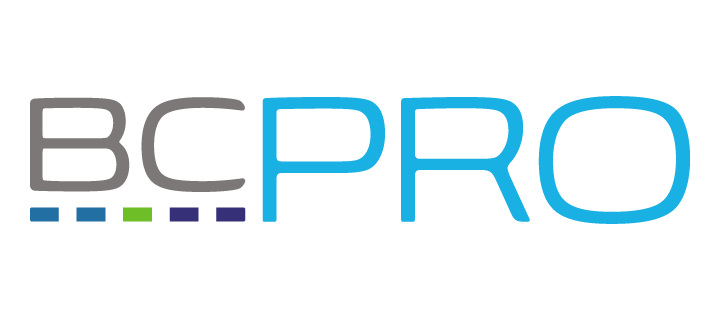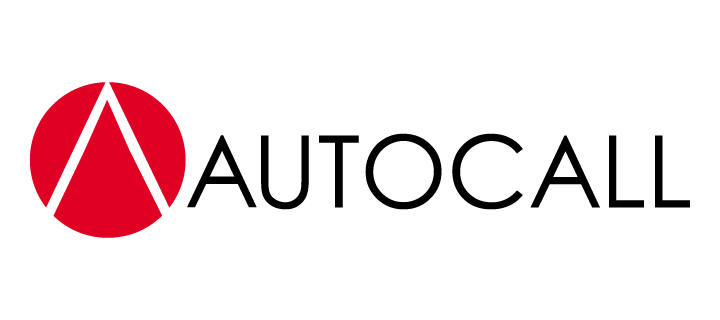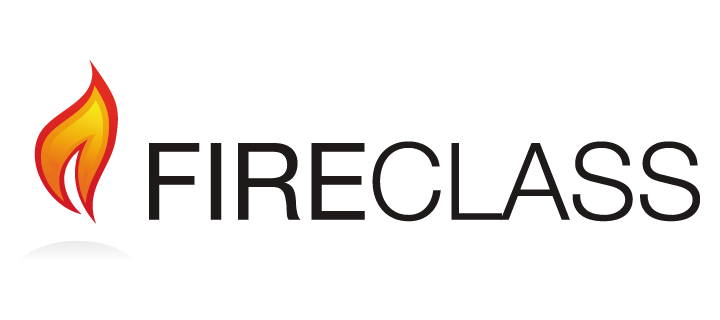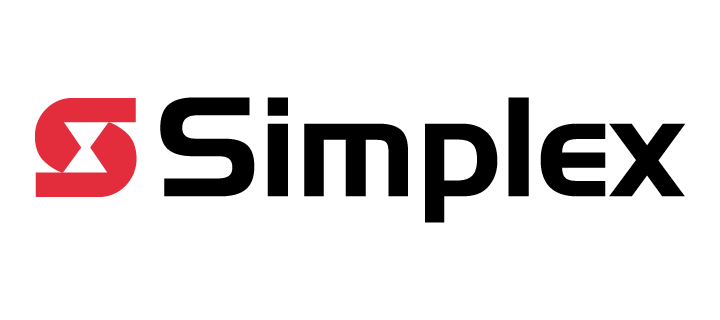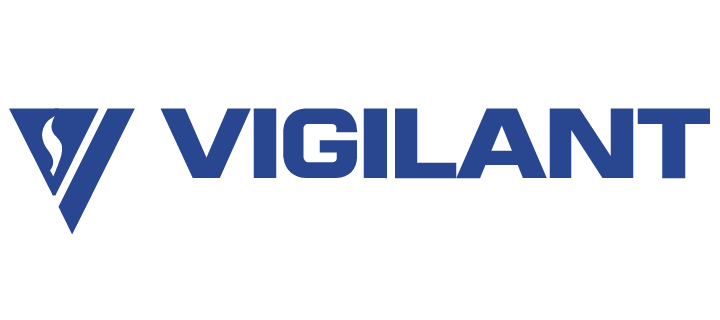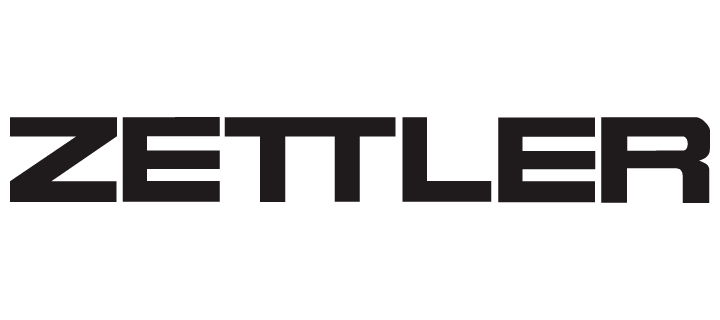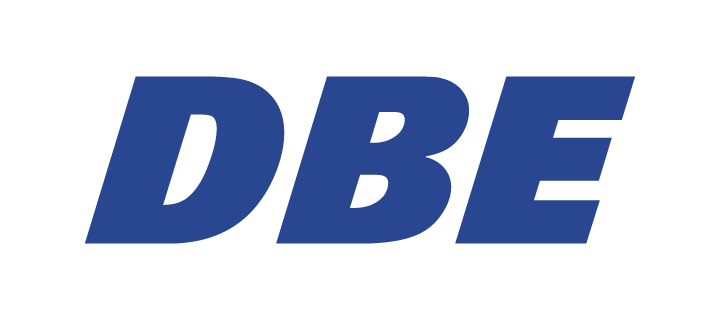Global Directory
- Anguilla - English
- Antigua & Barbuda - English
- Aruba - English
- Bahamas - English
- Barbados - English
- British Virgin Islands - English
- Cayman - Islands - English
- Curacao - English
- Dominica - English
- Dominican Republic - Español
- Grenada - English
- Guadeloupe - English
- Haiti - English
- Jamaica - English
- Martinique - English
- Puerto Rico - English
- Puerto Rico - Español
- Saint Barthélemy - English
- Saint Kitts and Nevis - English
- Saint Lucia - English
- Saint Martin - English
- Saint Vincent & The Grenadines - English
- Trinidad & Tobago - English
- Virgin Islands - English
- Austria - Deutsch
- Belgium - Français
- Belgium - Nederlands
- Bosnia & Herzegovina - English*
- Bulgaria - English*
- Croatia - English*
- Czech Republic - Čeština
- Denmark - Dansk
- Finland - Suomeksi
- France - Français
- Germany - Deutsch
- Hungary - Magyarország
- Ireland - English
- Italy - Italiano
- Netherlands - Dutch
- Norway - Norge
- Poland - Polski
- Portugal - Português*
- Russia - Русский
- Slovakia - Slovenčina
- Spain - Espanol
- Sweden - Swedish
- Switzerland - Deutsch*
- Switzerland - Français*
- Switzerland - Italiano*
- United Kingdom - English
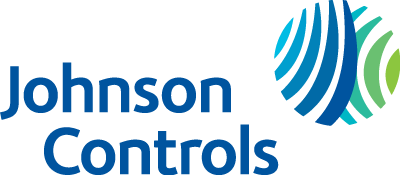
-
Smart Buildings

White paper: Cracking the code to smart building success
View breakthrough insights from our global study -
Products & Solutions

Unlock the performance of your building and provide real-time data visibility across assets, people, and processes with OpenBlue Enterprise Manager.
Learn More - Services & Support
-
Industries
- Insights
-
About Us
Global Directory
- Anguilla - English
- Antigua & Barbuda - English
- Aruba - English
- Bahamas - English
- Barbados - English
- British Virgin Islands - English
- Cayman - Islands - English
- Curacao - English
- Dominica - English
- Dominican Republic - Español
- Grenada - English
- Guadeloupe - English
- Haiti - English
- Jamaica - English
- Martinique - English
- Puerto Rico - English
- Puerto Rico - Español
- Saint Barthélemy - English
- Saint Kitts and Nevis - English
- Saint Lucia - English
- Saint Martin - English
- Saint Vincent & The Grenadines - English
- Trinidad & Tobago - English
- Virgin Islands - English
- Austria - Deutsch
- Belgium - Français
- Belgium - Nederlands
- Bosnia & Herzegovina - English*
- Bulgaria - English*
- Croatia - English*
- Czech Republic - Čeština
- Denmark - Dansk
- Finland - Suomeksi
- France - Français
- Germany - Deutsch
- Hungary - Magyarország
- Ireland - English
- Italy - Italiano
- Netherlands - Dutch
- Norway - Norge
- Poland - Polski
- Portugal - Português*
- Russia - Русский
- Slovakia - Slovenčina
- Spain - Espanol
- Sweden - Swedish
- Switzerland - Deutsch*
- Switzerland - Français*
- Switzerland - Italiano*
- United Kingdom - English

GETTING STARTED: APPROACHING AND FUNDING SMART IMPROVEMENTS IN HEALTHCARE FACILITIES
Canada’s Royal University Hospital (RUH) invested CAD $13.6 million in critical facility upgrades that will save the acute-care facility CAD $1.4 million per year. The long list of infrastructure upgrades includes improvements to lighting, water use, the building envelope, steam pipes and traps, hot water pumps and the ventilation system. In addition, the hospital connected occupancy sensors and upgraded digital controls to better control the hospital environment.
Elsewhere, healthcare systems are investing in new technologies that improve clinical efficiencies and patient experience. Radio frequency identification (RFID) tracks the patient service process, from check-in to the delivery of service, monitors staff for productivity gains and simplifies searches for equipment and other assets. In patient rooms, smart devices allow patients to control temperatures, position beds, open and close blinds, describe pain levels, order food and call staff.
Deploying these technologies and upgrading infrastructure begins with planning—identifying goals, needs and desired outcomes before construction begins to ensure maximum cost savings and effective technology integrations. With direct attributable impacts to staff efficiency, patient experience and energy savings, these projects are achieving great success meeting the financial criteria within facilities to secure approvals and make an impact.
In situations where traditional capital or operational budgets aren’t available, new funding options put upgrades within financial reach. Contingent payment programs and energy performance contracts (EPC) provide funding sources guaranteeing facility upgrades will deliver specified savings over a fixed period of time. Another option, public private partnerships (P3), transfers the risk of design, construction, finance and operations to the private sector in exchange for guaranteed fixed monthly payment terms and service levels over a designated time period.
RUH took advantage of an EPC with Johnson Controls to borrow funds that will be paid back with energy, water and operational savings. After all the initial improvements were installed, Johnson Controls worked to optimize and attain additional savings by looking at equipment schedules, fresh air intake, equipment sequencing and other measures. The result? RUH is saving more money than was anticipated, making payments on the loan and putting extra funds back into hospital operations.
The success of RUH and other healthcare facilities looking to improve patient experiences depends on careful planning and innovative funding mechanisms. By creating smart, connected facilities, forward-looking healthcare systems enable clinicians to effectively and efficiently support and empower patients for increased satisfaction and improved outcomes.

Fawn joined Johnson Controls in October 2016 as director of healthcare, bringing more than 25 years of experience in the building solutions industry. She directs the Johnson Controls strategy for growing the healthcare market across North America.
Contact us at 855-978-6871, and start creating the ultimate patient experience in your healthcare facility today.
Learn more
-
Johnson Controls Optimizes Building Performance in Pushpawati Singhania Research Institute
India’s Pushpawati Singhania Research Institute was in need of a retrofit solution as its current centralized air conditioning system was inefficient and incurring unnecessary costs. Johnson Controls led the project which cut electrical costs by more than 50 percent (equivalent to USD 70,000) and freed up space for future expansion.
-
Methodist Le Bonheur Healthcare
By leveraging technologies and best business practices, Methodist Le Bonheur Healthcare improves patient safety, contributes to employee satisfaction and productivity, and assesses risk and prioritize capital spend.
-
Children's Hospital of Pittsburgh of UPMC
The new facility incorporates an unprecedented level of technology to improve patient care, reduce human error, and improve patient, visitor and staff safety while providing operating efficiencies to effectively manage costs. The hospital embraced Johnson Controls Technology Contracting to leverage clinical, business and building systems, and infrastructure design to positively impact clinical care.
